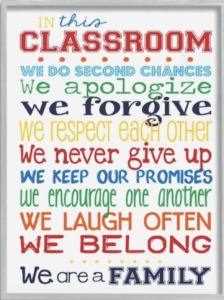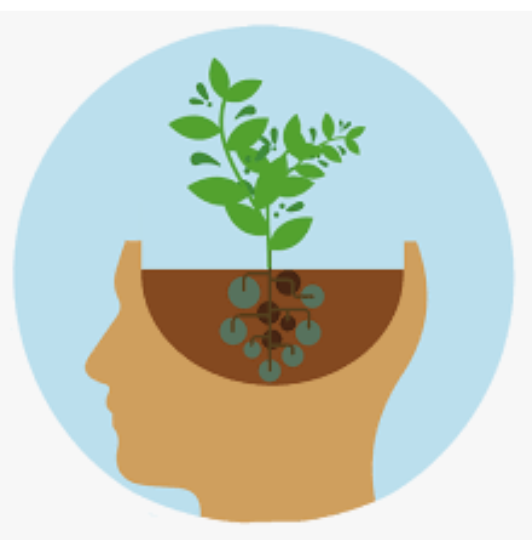
As an aspiring educator, I am always thinking about my future classroom. I am constantly trying to envision a classroom culture that promotes strong relationships and fosters a love for learning. My goal is to ensure that my students support one another and engage in meaningful opportunities that yield academic success. I want my students to be kind, caring, and considerate of those around them. I want to build a community of learners who are committed to excellence through a growth mindset.
These thoughts have led me to really think about the differences between RULES and PROCEDURES. The main difference is this: Rules MUST be responded to with a consequence. Now, think of that for a second … and add this part with it …
Procedures are required but should never need to be “punished!” (according to research and best practices!). That’s why “they” say you should just have four or five RULES and a set of conventional reactions or repercussions. THE RULES have to be THE BIGGIES. The ones that, if broken, disrupt the classroom’s rhythm and the reason you’re all there. The ones in which the student appears to be opposing authority. In other words, YOU ARE UNABLE TO TEACH AND THEY ARE UNABLE TO LEARN!
THE BIGGIES:
So what are the BIGGIES? I have quickly learned there really are only a few that stop you from teaching and students from learning. The easiest first consequence is to say, “Rule Four, Deja!” She will know you’ve seen her with that mirror and lipstick. And usually stop! Or if someone is constantly whispering while you are talking, “Rule Two, Buddy!” He has a chance to stop without a consequence, but of course, you follow through if he continues to whisper!
NOW LET’S LOOK AT PROCEDURES:
Procedures are the classroom structure you use to ensure that teaching and learning moves along nicely. They are things like how to line up, how to pass papers in, what you are supposed to be doing when you enter the room, etc. If the class lines up noisily, you just say, “I’m sorry, did we all forget how to line up? Please sit down while we go over that Procedure!” Then you project a clever, cutesy image with type and discuss it and then have them try again.
FUTURE GOALS:
I plan on having routines for just about everything. Furthermore, I will spend the time needed to redirect students if they “forgot.” By doing so, we will be able to work as a team – together we can accomplish a lot more! I am excited for the days to come when my career visions are my reality!
RESOURCES:
If you are interested in learning more about rules and procedures and building a community of learners in your classroom, check out Kellie Katelman’s classroom management website. She provides a wealth of ideas and strategies that can support teachers in implementing a positive classroom environment for learning.
